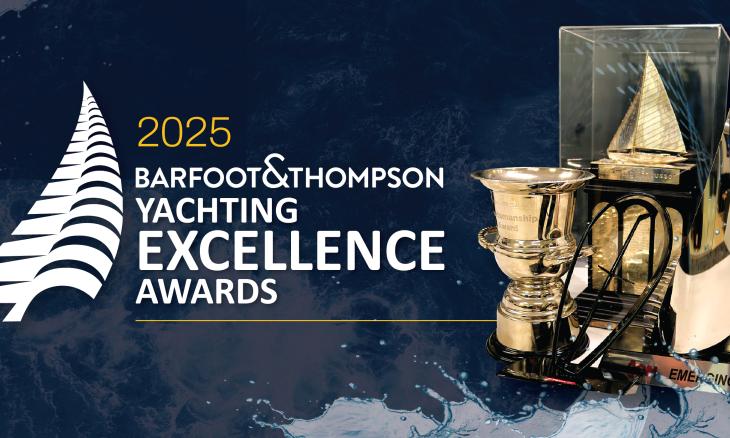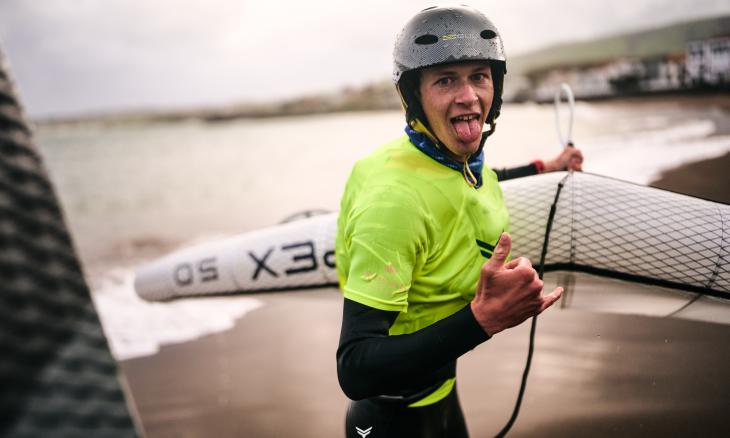There have been a few observations highlighted at recent events that do not promote being safe on New Zealand waters. It is essential that as coaches we are setting the standard to our sailors, other boaties, and the general public.
So here are a few things to remember, and tips to help you.
1) Kill Cord
It should be thought of like your car seatbelt. You do not drive around without your seatbelt, and the same applies to the kill cord. The kill cord is a safety device so that if the driver of the powerboat were to fall overboard, the engine will cut out thus not being a danger to yourself (being caught in the prop), and others if you have a runaway boat! It does not matter if you have 1, 2 or more people on board, the safety device should still be worn. Should the driver fall overboard and take the kill cord with them, it is always a good idea to carry a spare kill cord in the toolkit on board the boat, or however, a small piece of 3/4mm spectra that you can wrap between the kill button switch. This would be enough to hold the button out for you to retrieve your driver from the water.
Where to attach?
The best place is to make a loop in the end of the kill cord, by using the clip, and put around your upper leg. In a coaching scenario this can be tricky, therefore, around your ankle is still a good alternative and allows you to reach most parts of the boat if you are picking up and dropping marks.
2) PFDs
Personal flotation devices are a MUST. The implications of not wearing it include:
- If you fall overboard in all your coaching gear, staying afloat becomes a lot harder
- A negative role model you set for the sailors you are coaching
- Complaints from the public against the yacht club you are coaching for, or Yachting New Zealand
- Losing your coaching position at your club
It is your choice as to what kind of PFD you would like to wear, whether that be a lifejacket, or buoyancy aid, but remember to also wear it outside of your wet weather jacket. It is highly dangerous to wear an inflatable lifejacket under your jacket, as this can cause suffocation in or out of the water should the lifejacket be activated. Also, it means your sailors, other coaches, and members of the public can all see you are taking due care to keep yourself and others safe.
3) Communication
Carry at least two means of communicating distress on you and these need to withstand immersion. This means, you need to check your VHF when going afloat, and making sure you have radio contact with your shore base, and then carry a waterproof phone, or take your phone out with you also. It is as simple as putting it into a Snap Lock® resealable plastic bag. Best to keep AT LEAST one form of communication on your person, in case of the unlikely event you get separated from your coach boat.
If you do not have a VHF licence, then look into getting one ASAP. It is cheap, easy and a home study option is even available. Coastguard Boating Education
4) Laws
There are some basic rules and law's you need to remember. Also don't forget, that if you break these law's, a harbour master can take legal court action, and/or impose fines.
The basic one we need to know as coaches are:
- the maximum speed permitted for all boats in New Zealand is 5 knots (about 9 km/h) within 200 metres of shore or any boat with a dive flag, and within 50 metres of any other boat or swimmer
For more information on skipper responsibilities or maritime laws, visit Maritime New Zealand
Should you have any questions, comments or advice in regards to this article, then please contact Gareth on gareth@yachtingnz.org.nz.
Remember, staying safe, means being able to have more fun.



